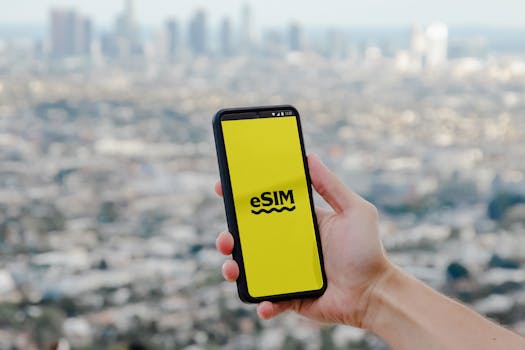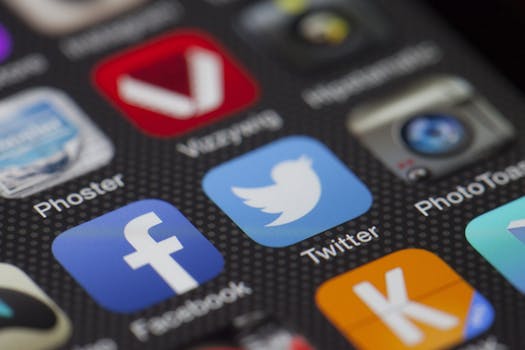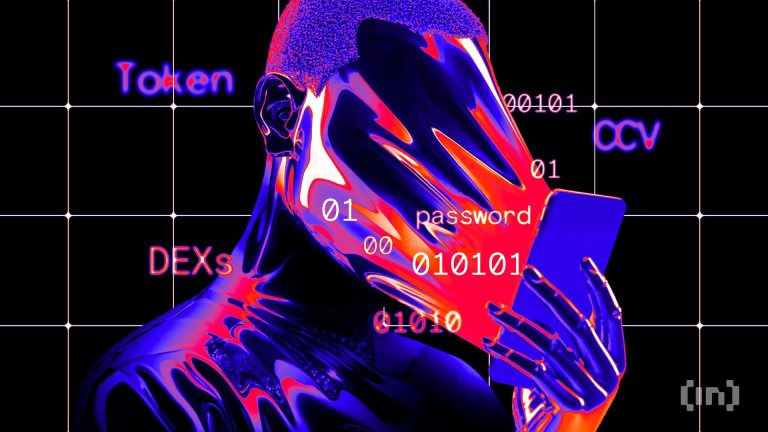
Exploring the Impact of 5G on Communication and Connectivity
Takeaways: 5G technology promises to revolutionize communication and connectivity by enabling faster data speeds, lower latency, and the potential to connect more devices than ever before. This article explores the benefits, challenges, and future implications of 5G on our digital lives.
As we advance into a new era of digital connectivity, the advent of 5G technology is set to redefine how we communicate. Unlike its predecessor, 4G, which brought significant improvements in speed and capacity, 5G offers a leap into a future where the possibilities for communication are virtually limitless. In this article, we will explore the profound impact of 5G on communication and connectivity.
Understanding 5G Technology

The key features of 5G include:
- Ultra-fast speeds: 5G can provide download speeds up to 100 times faster than 4G, enabling seamless streaming and faster downloads.
- Low latency: With latency as low as 1 millisecond, 5G allows for real-time communication, which is crucial for applications such as remote surgery and autonomous driving.
- Massive connectivity: 5G can support up to 1 million devices per square kilometer, making it ideal for the Internet of Things (IoT).
The Benefits of 5G on Communication

1. Enhanced Mobile Experiences
With 5G, users can expect smoother video calls, faster downloads, and improved overall mobile experiences. This is particularly important as remote work and virtual communication become increasingly commonplace.
2. Improved Remote Collaboration
The enhanced speed and reliability of 5G will facilitate better remote collaboration tools, enabling teams to work together seamlessly, regardless of their physical location. This is crucial for businesses striving to maintain productivity in a hybrid work environment.
3. Innovations in Telehealth
Telemedicine will benefit immensely from 5G technology. Low latency and high-speed connections will enable doctors to conduct remote consultations and surgeries with real-time feedback, making healthcare more accessible and efficient.
The Challenges of 5G Connectivity

1. Infrastructure Investment
Implementing 5G requires substantial investment in infrastructure, including new antennas and base stations. This presents a financial challenge for many telecom companies, particularly in rural areas where the return on investment may be lower.
2. Security Concerns
As with any technology, security is a major concern. The increased number of connected devices opens up new vulnerabilities, making it essential for companies to implement robust security measures.
3. Regulatory Hurdles
Governments and regulatory bodies must establish clear guidelines for the deployment and use of 5G technology. This includes addressing issues related to spectrum allocation and ensuring equitable access to the technology.
The Future of Communication with 5G

Moreover, the integration of 5G with artificial intelligence and machine learning could lead to smarter and more efficient systems that enhance everyday life. For example, smart traffic management systems could reduce congestion and improve public transportation efficiency.
Conclusion



